Home>Furniture & Design>Interior Design Trends>How Much Wind Can Sliding Glass Doors Take
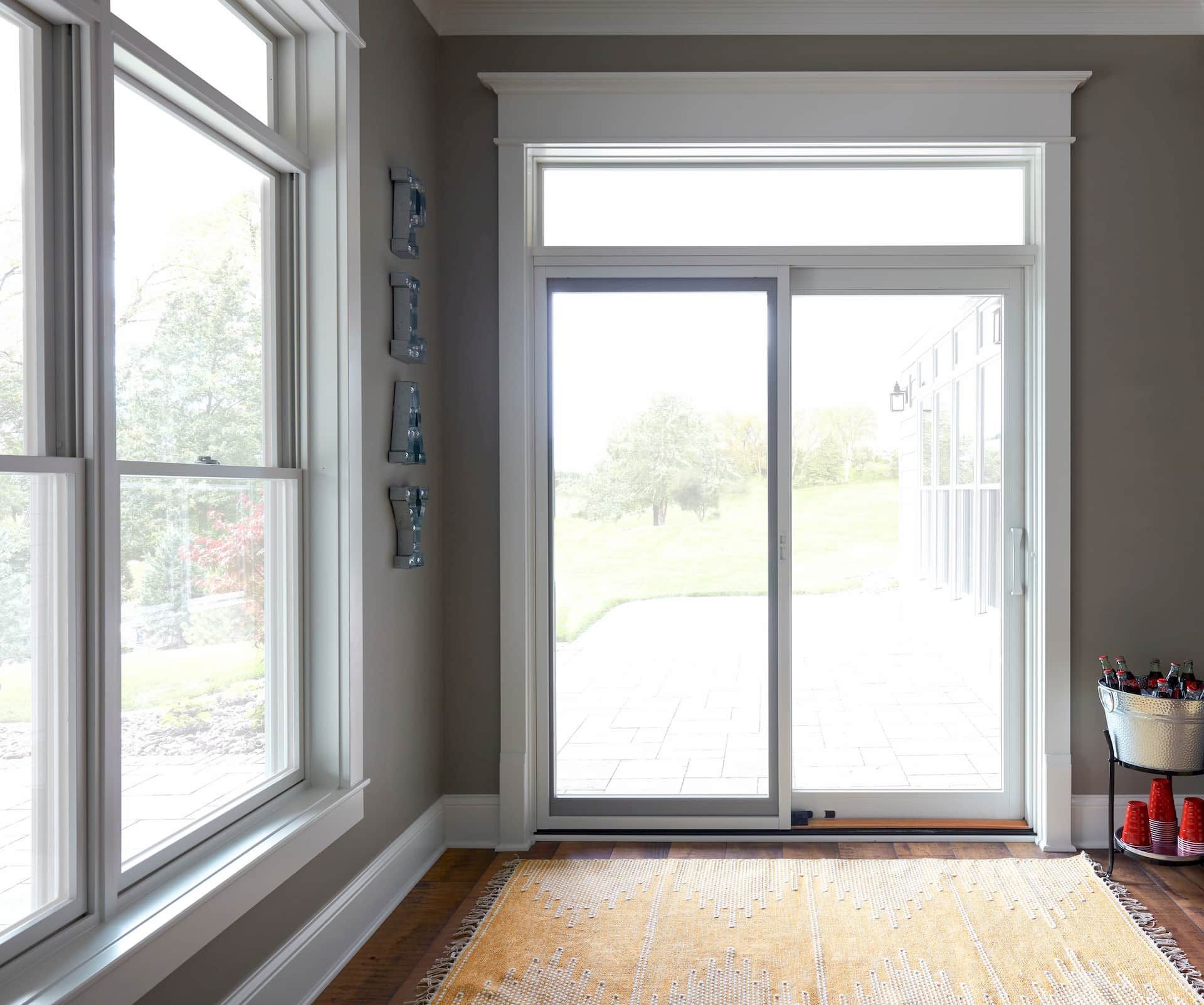

Interior Design Trends
How Much Wind Can Sliding Glass Doors Take
Modified: October 19, 2024
Discover how sliding glass doors can withstand various wind speeds and enhance your interior design with the latest trends. Explore the durability and style options for interior design trends.
(Many of the links in this article redirect to a specific reviewed product. Your purchase of these products through affiliate links helps to generate commission for Storables.com, at no extra cost. Learn more)
Introduction
Sliding glass doors are a popular feature in modern homes, offering a seamless transition between indoor and outdoor spaces while allowing natural light to flood the interior. However, their susceptibility to wind forces is a critical consideration for homeowners, especially those residing in areas prone to strong winds and storms. Understanding the wind resistance of sliding glass doors is essential for ensuring the safety and durability of these architectural elements.
In this comprehensive guide, we will delve into the factors that influence the wind resistance of sliding glass doors, explore the testing standards used to evaluate their performance, and provide valuable insights into maximizing their ability to withstand varying wind speeds. Whether you are contemplating the installation of sliding glass doors or seeking to fortify existing ones against inclement weather, this article will equip you with the knowledge needed to make informed decisions and safeguard your home against the forces of nature.
Let's embark on a journey through the intricacies of wind resistance in sliding glass doors, unraveling the science behind their structural integrity and uncovering practical strategies for enhancing their ability to withstand the elements. By the end of this exploration, you will have a newfound appreciation for the engineering marvel that is the sliding glass door and the measures that can be implemented to bolster its resilience in the face of powerful winds.
Key Takeaways:
- Sliding glass doors’ ability to withstand wind depends on factors like design, size, installation, and maintenance. Understanding these factors helps homeowners make informed decisions to protect their homes from strong winds.
- Different types of sliding glass doors offer varying wind resistance capabilities, tailored to specific environmental demands. From standard doors to hurricane impact-resistant ones, there are options to suit various needs and locations.
Read more: How Much For Sliding Glass Doors
Factors Affecting Wind Resistance
The wind resistance of sliding glass doors is influenced by various factors, each playing a crucial role in determining their ability to withstand the forces exerted by wind. Understanding these factors is essential for homeowners and architects seeking to optimize the performance of sliding glass doors in different environmental conditions.
1. Design and Construction
The design and construction of sliding glass doors significantly impact their wind resistance. The materials used, such as reinforced glass and sturdy frames, contribute to the overall structural integrity. Additionally, the presence of multiple locking points and robust seals can enhance the door's ability to withstand wind pressure, minimizing the risk of air infiltration and structural compromise.
2. Size and Configuration
The size and configuration of sliding glass doors also influence their wind resistance. Larger doors with expansive glass panels may be more susceptible to wind forces, especially if they are not equipped with adequate reinforcement and support mechanisms. Furthermore, the configuration of multi-panel doors and the presence of fixed or operable sections can affect their vulnerability to wind-induced stress.
3. Installation Quality
The quality of installation plays a pivotal role in determining the wind resistance of sliding glass doors. Proper installation, including precise alignment, secure anchoring, and effective weatherproofing, is essential for minimizing potential weak points that could compromise the door's ability to withstand wind pressure. A professionally installed sliding glass door is more likely to exhibit superior wind resistance compared to one that has been improperly fitted.
Read more: How To Take Out A Sliding Glass Door
4. Surrounding Terrain and Structures
The surrounding terrain and nearby structures can influence the wind forces acting on sliding glass doors. Homes situated in open, exposed areas may experience higher wind speeds, placing greater demands on the doors' wind resistance. Additionally, the presence of neighboring buildings or natural barriers can create complex wind patterns, affecting the distribution of pressure on the doors and necessitating tailored design and reinforcement strategies.
5. Maintenance and Upkeep
Regular maintenance and upkeep are essential for preserving the wind resistance of sliding glass doors over time. Ensuring that seals are intact, hardware is functioning optimally, and glass panels are free from damage is crucial for upholding the door's ability to withstand wind pressure. Neglecting maintenance can lead to compromised performance and reduced wind resistance, potentially exposing the home to the detrimental effects of inclement weather.
By comprehensively considering these factors, homeowners and designers can make informed decisions regarding the selection, installation, and maintenance of sliding glass doors, optimizing their wind resistance and fortifying homes against the challenges posed by strong winds.
Testing Standards for Sliding Glass Doors
The wind resistance of sliding glass doors is rigorously evaluated through standardized testing procedures to ensure their ability to withstand varying wind speeds and pressures. These testing standards serve as a benchmark for assessing the performance and durability of sliding glass doors, providing valuable insights into their capacity to resist wind-induced stress and maintain structural integrity. Several key testing standards are employed to evaluate the wind resistance of sliding glass doors, offering homeowners and industry professionals a reliable means of gauging their suitability for different environmental conditions.
1. ASTM E2838/E2838M – Standard Test Method for Determining the Resistance of Single and Double Sliding Door Assemblies to Structural Racking Forces
This ASTM standard focuses on assessing the structural integrity of sliding door assemblies under simulated wind loads. By subjecting the doors to controlled racking forces representative of wind-induced pressures, this test method provides critical data on their ability to withstand lateral displacement and deformation. The results obtained from this testing procedure offer valuable insights into the doors' capacity to resist wind forces and maintain their functionality during inclement weather.
Read more: How Much To Replace Sliding Glass Door
2. ASTM E330 – Standard Test Method for Structural Performance of Exterior Windows, Doors, Skylights, and Curtain Walls by Uniform Static Air Pressure Difference
ASTM E330 is a widely recognized standard for evaluating the structural performance of exterior fenestration products, including sliding glass doors, under uniform static air pressure. This test method involves subjecting the doors to incremental air pressure differentials, simulating the effects of wind loads on their structural integrity. By measuring deflection and assessing any signs of failure or deformation, this standard provides crucial data on the doors' ability to withstand wind pressures and maintain their functionality.
3. AAMA 506-16 – Voluntary Specifications for Impact and Cycle Testing of Fenestration Products
The American Architectural Manufacturers Association (AAMA) developed this specification to address the impact resistance and durability of fenestration products, including sliding glass doors, when subjected to cyclic wind pressures. By simulating repetitive wind loads and assessing the doors' performance over numerous cycles, this testing standard offers valuable insights into their long-term resilience and ability to withstand sustained wind forces without compromising their structural integrity.
4. Miami-Dade County Protocols TAS 201, TAS 202, and TAS 203
In regions prone to hurricanes and extreme wind events, such as Miami-Dade County in Florida, specific testing protocols have been established to evaluate the wind resistance of building components, including sliding glass doors. These protocols involve subjecting the doors to high-velocity wind loads and impact forces, replicating the conditions experienced during severe storms and hurricanes. By meeting the stringent requirements outlined in these protocols, sliding glass doors can demonstrate their ability to withstand extreme wind speeds and protect homes from the destructive forces of nature.
By adhering to these rigorous testing standards, manufacturers can provide assurance regarding the wind resistance of sliding glass doors, empowering homeowners to make informed decisions when selecting and installing these essential architectural elements. Additionally, compliance with these standards ensures that sliding glass doors meet the necessary performance criteria to safeguard homes against the challenges posed by strong winds and adverse weather conditions.
Maximum Wind Resistance for Different Types of Sliding Glass Doors
The wind resistance of sliding glass doors varies depending on their design, construction, and intended application. Different types of sliding glass doors are engineered to withstand specific wind speeds and pressures, ensuring optimal performance in diverse environmental conditions. Understanding the maximum wind resistance of various sliding glass door configurations is essential for homeowners and architects seeking to select the most suitable options for their specific needs. Let's explore the distinct characteristics and wind resistance capabilities of different types of sliding glass doors:
Read more: How Much Wind Can An Awning Withstand
1. Standard Single-Panel Sliding Glass Doors
Standard single-panel sliding glass doors, featuring a single operable panel within a fixed frame, are designed to provide seamless access to outdoor spaces while offering natural light and unobstructed views. These doors typically exhibit wind resistance capabilities suitable for moderate wind speeds, with the ability to withstand pressures commonly encountered in residential settings. Their construction and hardware are optimized to maintain structural integrity and resist air infiltration, ensuring reliable performance in typical wind conditions.
2. Multi-Panel Sliding Glass Doors
Multi-panel sliding glass doors, comprising two or more operable panels that slide along a track, offer expansive openings and enhanced versatility for connecting indoor and outdoor living areas. These doors are engineered to accommodate larger spans and may feature reinforced frames, impact-resistant glass, and advanced sealing mechanisms to enhance their wind resistance. With the ability to withstand higher wind speeds compared to standard single-panel doors, multi-panel configurations are well-suited for homes in regions prone to stronger wind forces.
3. Hurricane Impact-Resistant Sliding Glass Doors
In hurricane-prone regions and coastal areas, the demand for sliding glass doors capable of withstanding extreme wind speeds and impact forces has led to the development of hurricane impact-resistant configurations. These doors are engineered to meet stringent testing standards and building codes, featuring reinforced frames, laminated impact glass, and robust locking systems to provide exceptional wind resistance. With the capacity to endure severe wind loads and resist projectile impacts, hurricane impact-resistant sliding glass doors offer unparalleled protection against the destructive forces of hurricanes and tropical storms.
4. Thermally Insulated Sliding Glass Doors
Thermally insulated sliding glass doors, designed to enhance energy efficiency and indoor comfort, also exhibit notable wind resistance capabilities. These doors feature advanced insulation materials, multiple glazing layers, and thermal breaks within the frames to minimize heat transfer and enhance structural stability. While prioritizing energy performance, these doors are engineered to withstand moderate to high wind speeds, making them suitable for diverse climates where both thermal efficiency and wind resistance are essential considerations.
By understanding the distinct wind resistance capabilities of different types of sliding glass doors, homeowners and designers can make informed decisions when selecting doors that align with their specific functional, aesthetic, and environmental requirements. Whether seeking optimal performance in standard residential settings, coastal areas prone to hurricanes, or climates with varying wind intensities, the diverse range of sliding glass door configurations offers tailored solutions to meet the demands of different environments and architectural preferences.
Tips for Improving Wind Resistance of Sliding Glass Doors
Enhancing the wind resistance of sliding glass doors is essential for fortifying homes against the potential impacts of strong winds and inclement weather. By implementing strategic measures and leveraging innovative solutions, homeowners can optimize the performance and durability of sliding glass doors, ensuring their ability to withstand varying wind speeds and pressures. Here are valuable tips for improving the wind resistance of sliding glass doors:
-
Reinforced Frames and Hardware: Upgrading to sliding glass doors with reinforced frames and robust hardware can significantly enhance their wind resistance. Durable materials, such as aluminum or fiberglass, coupled with heavy-duty locking mechanisms, contribute to the overall structural integrity of the doors, minimizing the risk of deformation and air infiltration during high wind events.
-
Impact-Resistant Glass: Opting for impact-resistant glass, such as laminated or tempered glass, reinforces the doors' ability to withstand wind-borne debris and projectile impacts. This advanced glazing solution not only enhances safety and security but also bolsters the doors' resilience against extreme wind forces, making them well-suited for regions prone to hurricanes and severe storms.
-
Sealing and Weatherproofing: Ensuring effective sealing and weatherproofing of sliding glass doors is crucial for mitigating air leakage and maintaining their wind resistance. Weather-stripping, sealant application, and proper alignment of door panels contribute to a tight seal, preventing wind-driven rain and air infiltration, thereby enhancing the doors' ability to withstand varying wind pressures.
-
Professional Installation: Engaging professional installers to fit sliding glass doors with precision and expertise is paramount for optimizing their wind resistance. Proper alignment, secure anchoring, and meticulous attention to detail during installation minimize potential weak points and ensure that the doors can withstand wind-induced stress without compromising their performance.
-
Regular Maintenance: Implementing a routine maintenance schedule for sliding glass doors is essential for preserving their wind resistance over time. Inspecting and replacing worn seals, lubricating hardware components, and addressing any signs of wear or damage contribute to the doors' longevity and ability to withstand wind pressures effectively.
-
Wind-Resistant Design Features: Selecting sliding glass doors with specific wind-resistant design features, such as multiple locking points, interlocking panels, and reinforced tracks, can bolster their ability to withstand wind forces. These design elements contribute to the overall stability and functionality of the doors, ensuring reliable performance in adverse weather conditions.
By incorporating these tips into the selection, installation, and maintenance of sliding glass doors, homeowners can optimize their wind resistance and fortify their homes against the challenges posed by strong winds. Whether residing in regions prone to hurricanes, coastal areas exposed to high wind speeds, or typical residential settings, implementing these strategies ensures that sliding glass doors can effectively withstand varying wind pressures, safeguarding homes and occupants from the potential impacts of inclement weather.
Conclusion
In conclusion, the wind resistance of sliding glass doors is a critical consideration for homeowners and architects, especially in regions prone to strong winds and severe weather events. By understanding the factors that influence wind resistance, the rigorous testing standards employed to evaluate door performance, the maximum wind resistance of different door types, and the tips for improving wind resistance, individuals can make informed decisions to safeguard their homes against the forces of nature.
The design and construction, size and configuration, installation quality, surrounding terrain and structures, and maintenance and upkeep all play pivotal roles in determining the wind resistance of sliding glass doors. By comprehensively considering these factors, homeowners and designers can optimize the performance of sliding glass doors in diverse environmental conditions.
The standardized testing procedures, such as ASTM E2838/E2838M, ASTM E330, AAMA 506-16, and Miami-Dade County Protocols TAS 201, TAS 202, and TAS 203, provide valuable insights into the doors' capacity to resist wind-induced stress and maintain structural integrity. Compliance with these testing standards ensures that sliding glass doors meet the necessary performance criteria to safeguard homes against the challenges posed by strong winds and adverse weather conditions.
Different types of sliding glass doors, including standard single-panel doors, multi-panel doors, hurricane impact-resistant doors, and thermally insulated doors, offer varying wind resistance capabilities tailored to specific environmental demands. Understanding these distinctions enables homeowners and architects to select doors that align with their functional, aesthetic, and environmental requirements.
Implementing strategic measures, such as reinforced frames and hardware, impact-resistant glass, effective sealing and weatherproofing, professional installation, regular maintenance, and wind-resistant design features, can significantly enhance the wind resistance of sliding glass doors. By incorporating these tips, homeowners can fortify their homes against the potential impacts of strong winds and inclement weather.
In essence, the wind resistance of sliding glass doors is a multifaceted aspect of home design and construction, requiring careful consideration of various factors, adherence to rigorous testing standards, and strategic implementation of wind-resistant solutions. By embracing these insights and recommendations, homeowners can ensure that their sliding glass doors exhibit optimal wind resistance, providing both structural integrity and peace of mind in the face of nature's formidable forces.
Frequently Asked Questions about How Much Wind Can Sliding Glass Doors Take
Was this page helpful?
At Storables.com, we guarantee accurate and reliable information. Our content, validated by Expert Board Contributors, is crafted following stringent Editorial Policies. We're committed to providing you with well-researched, expert-backed insights for all your informational needs.
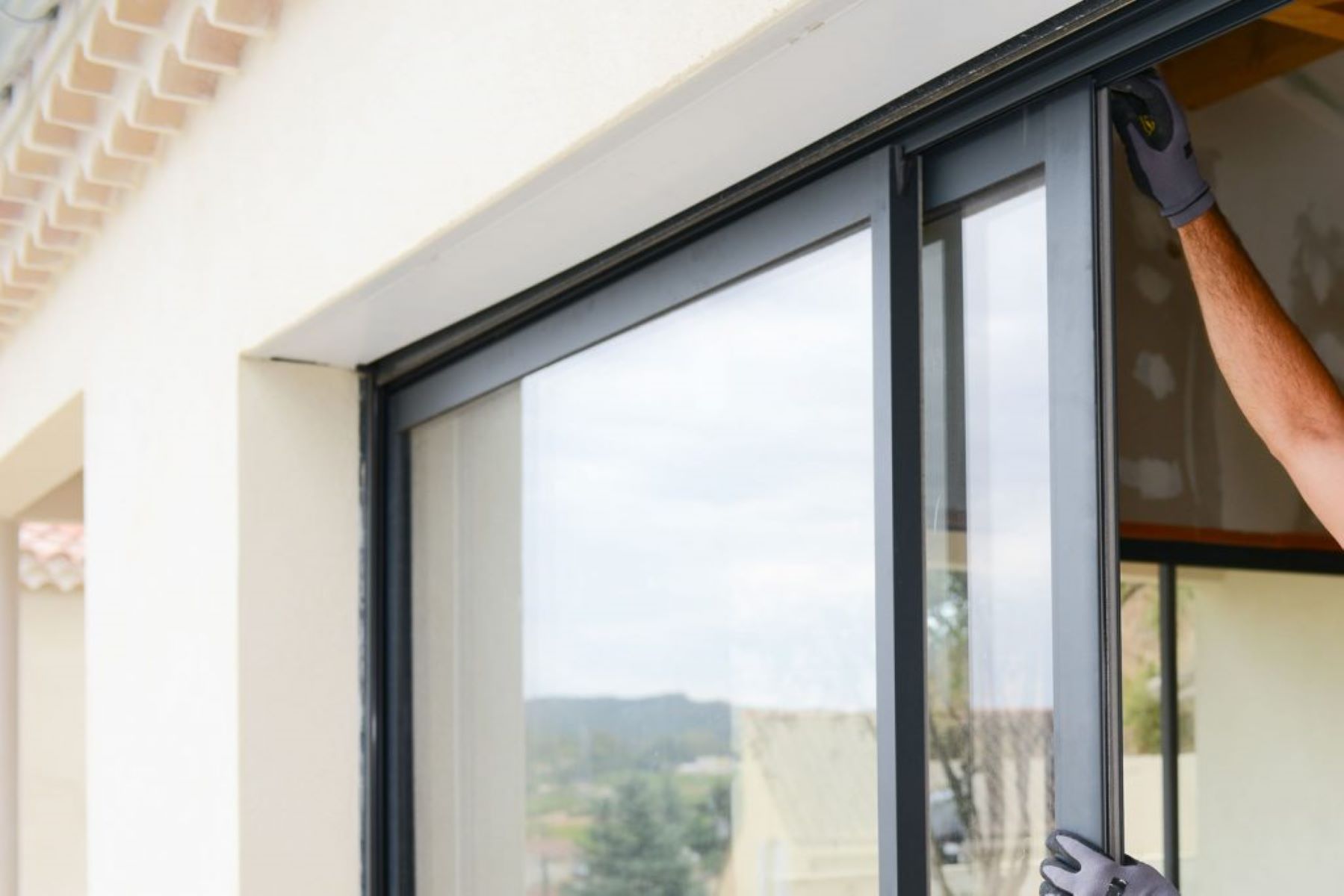
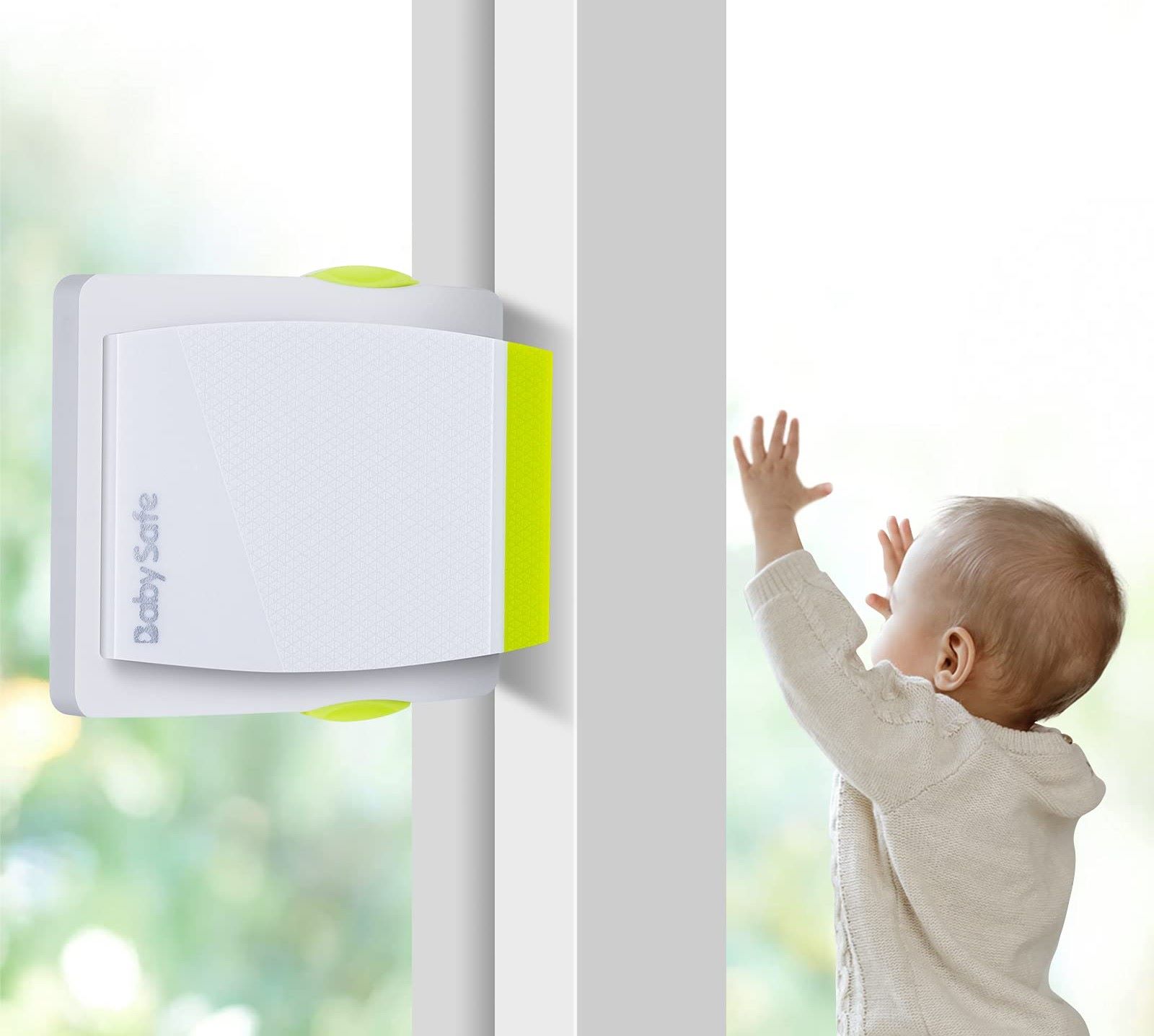
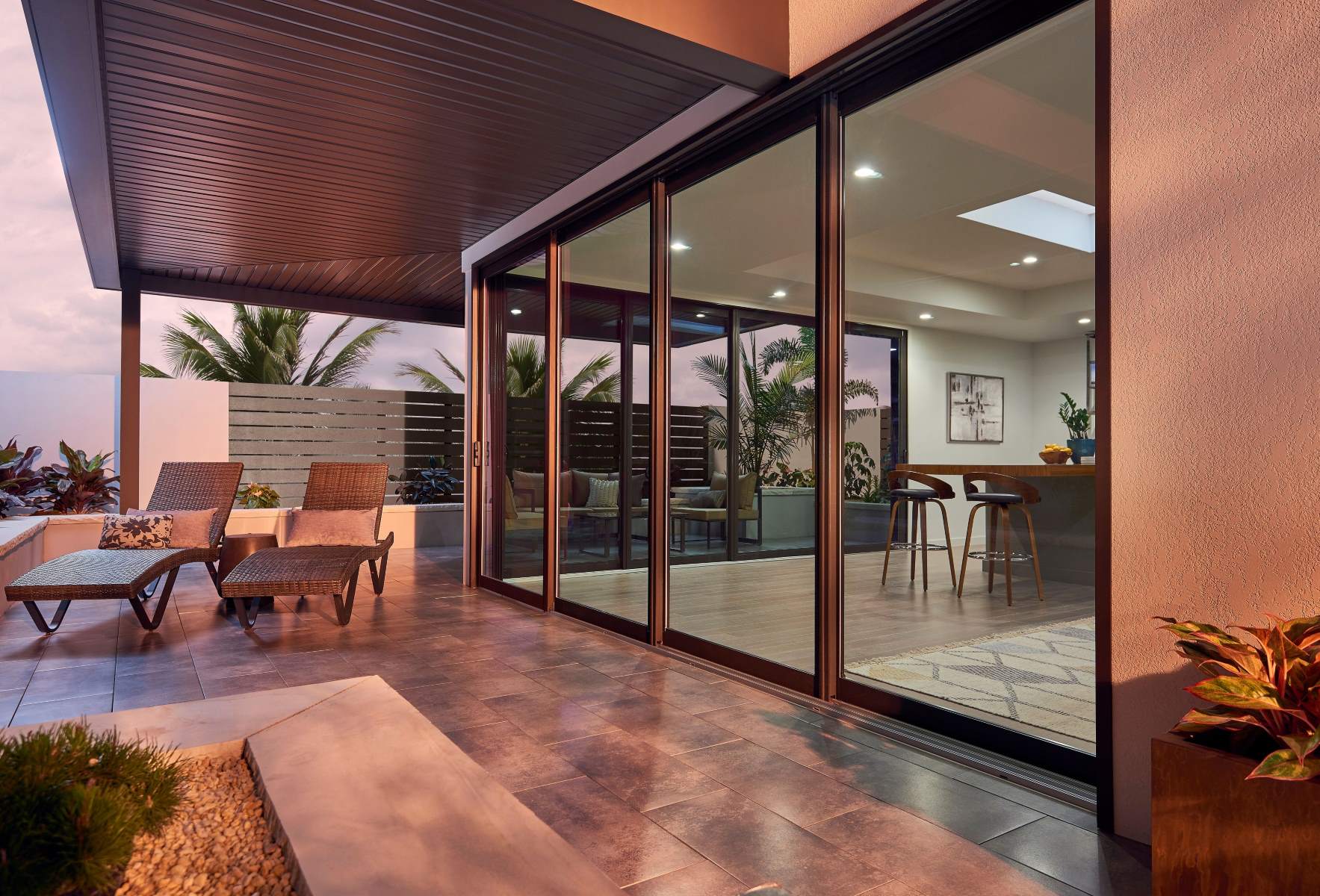
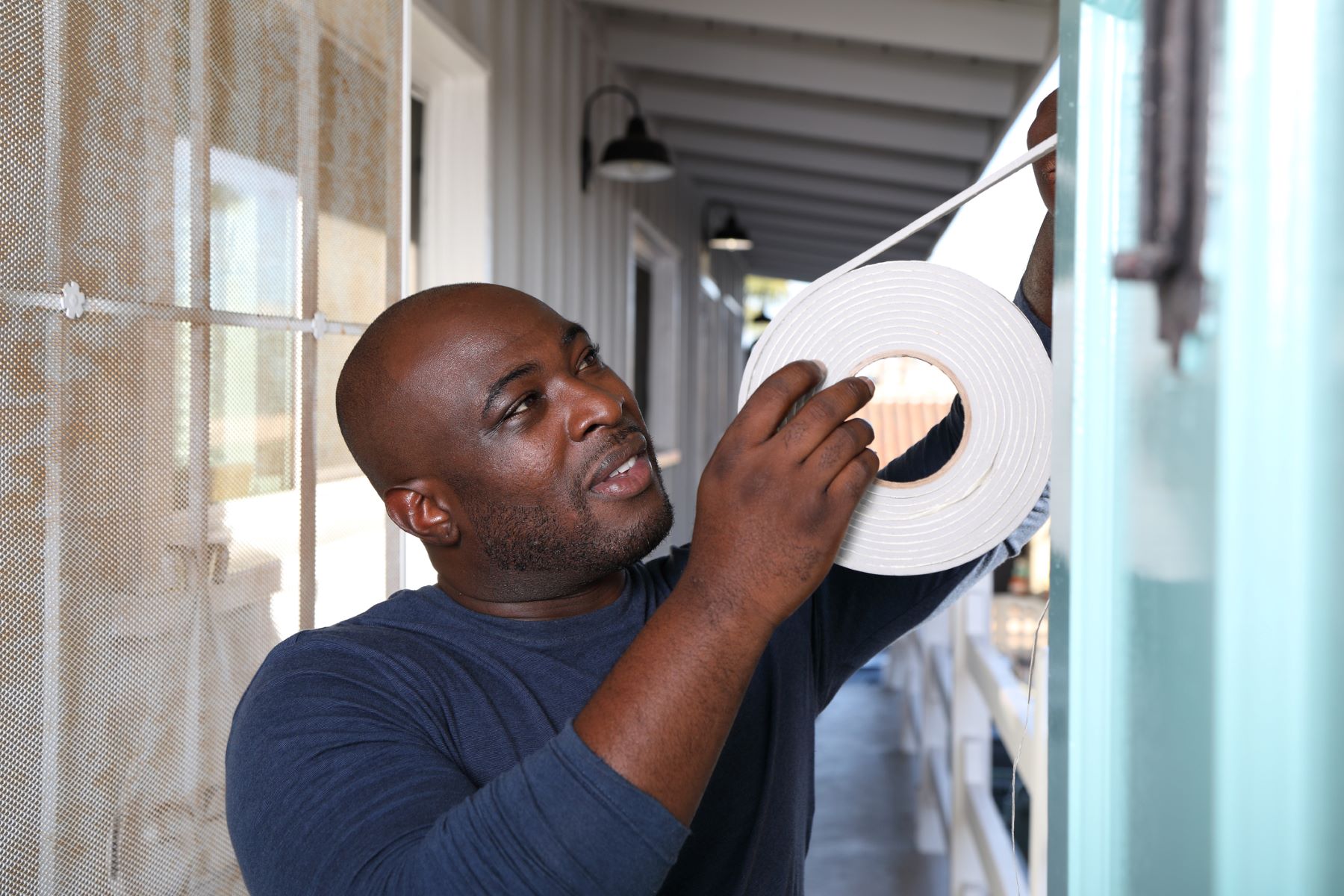
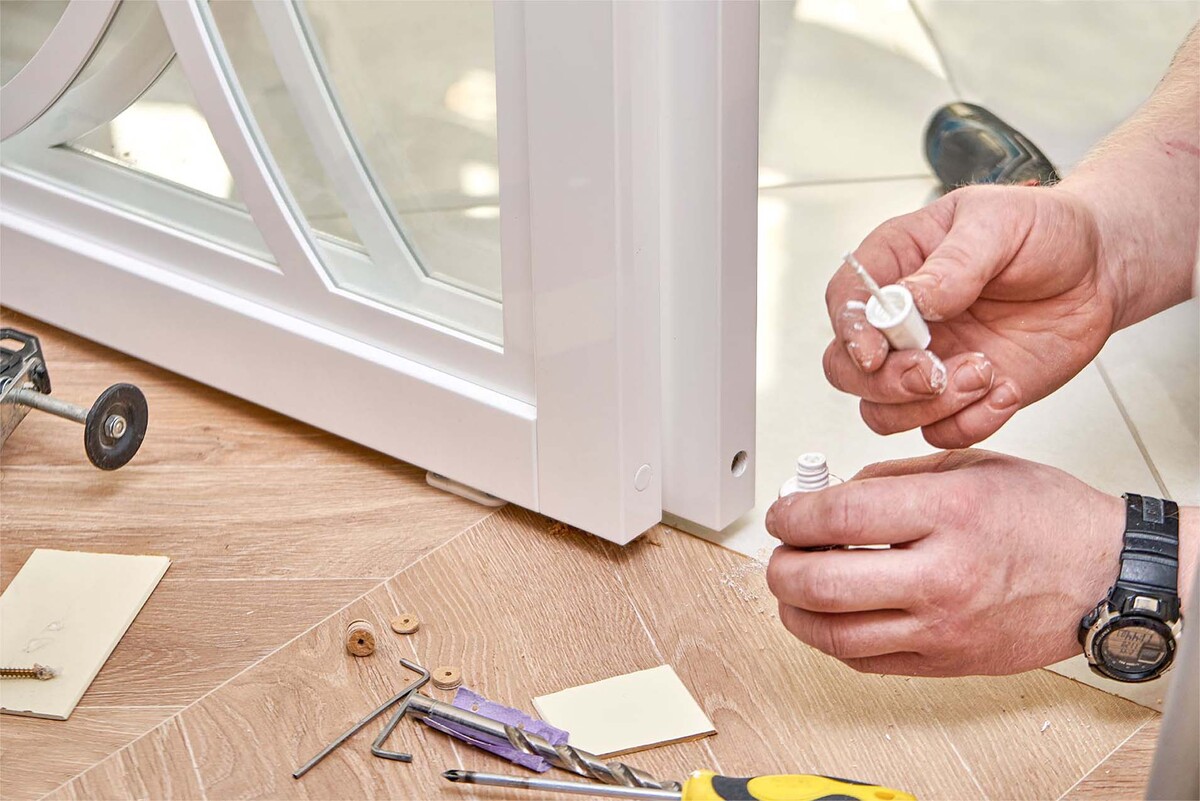
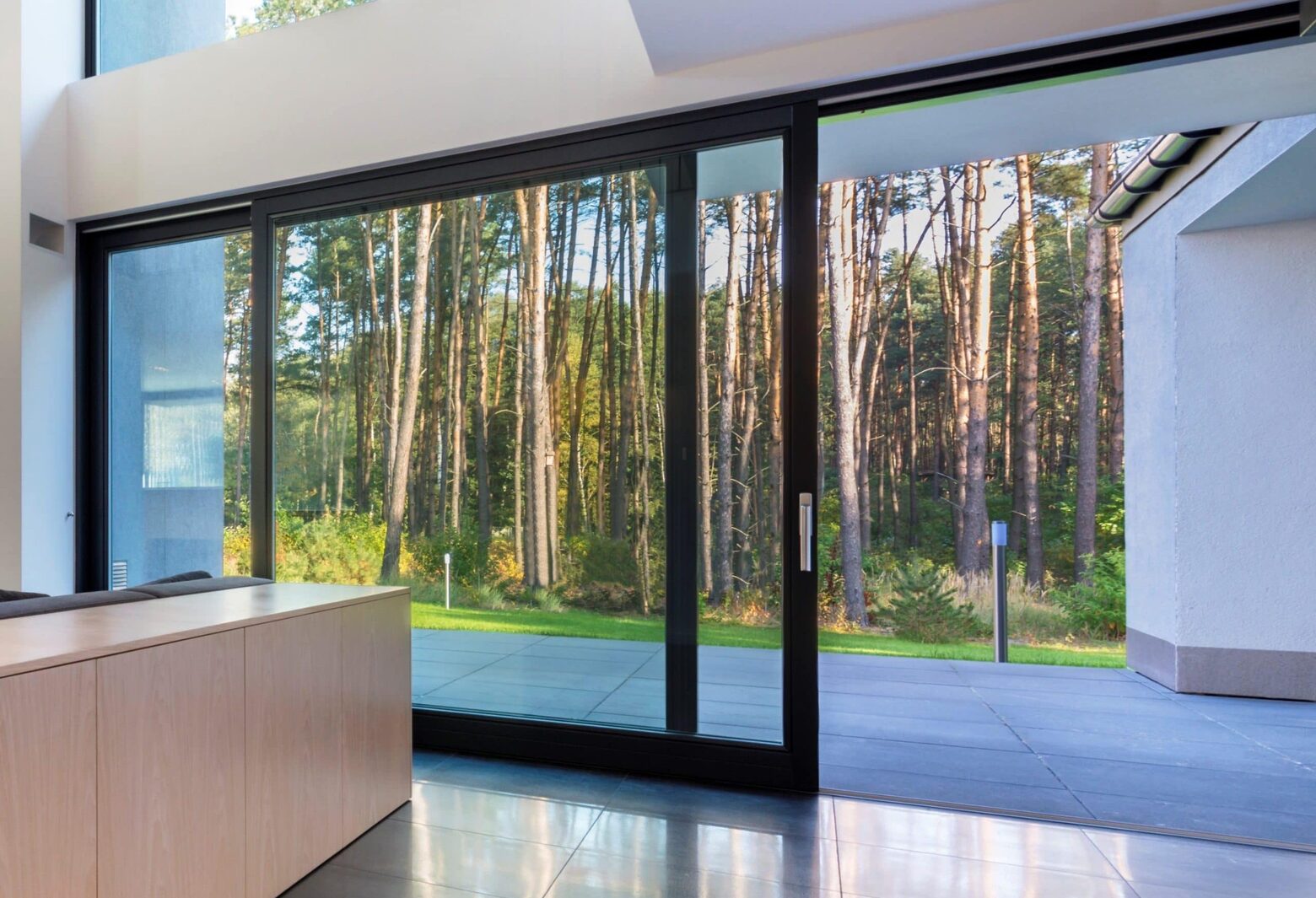
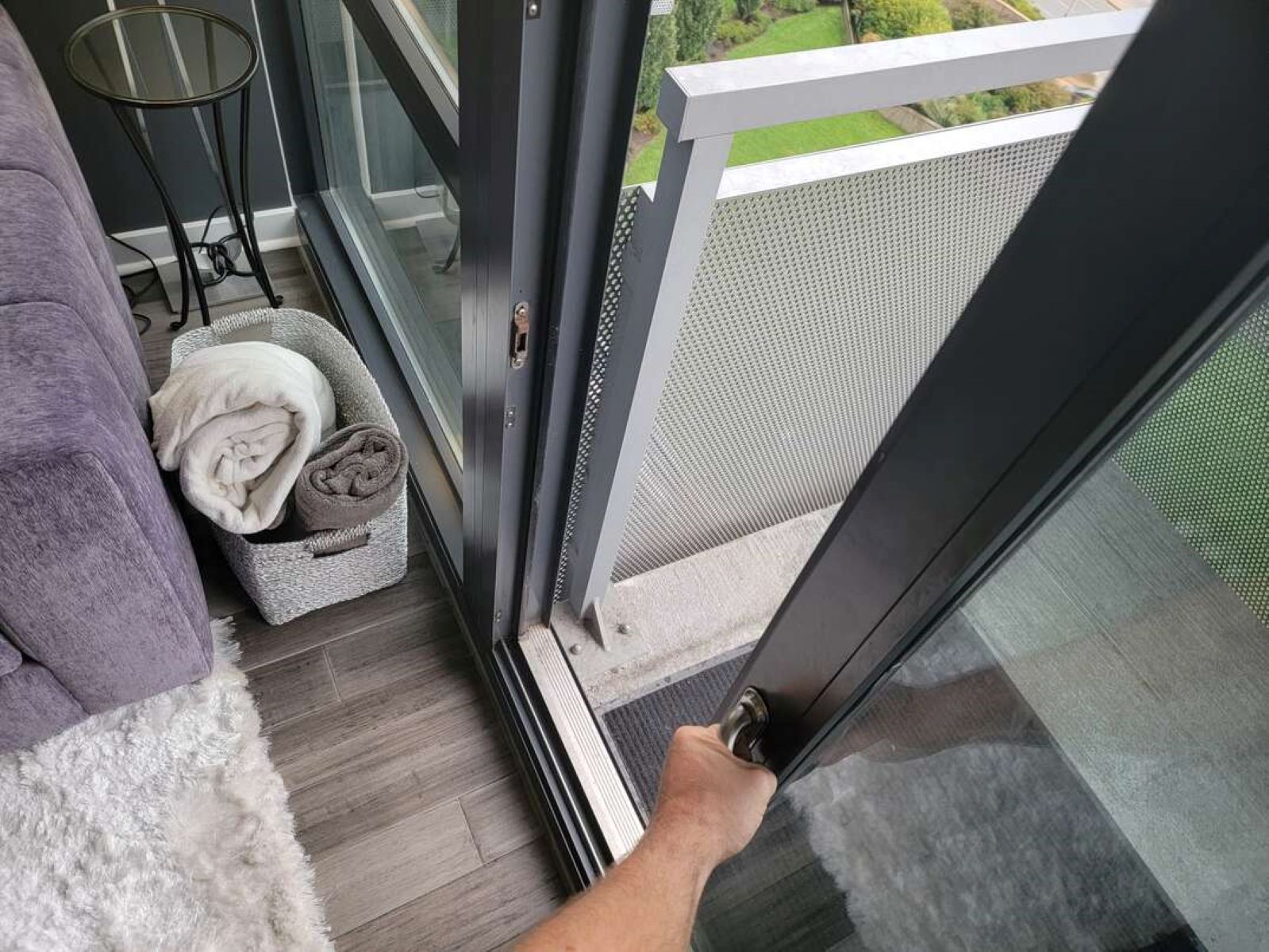
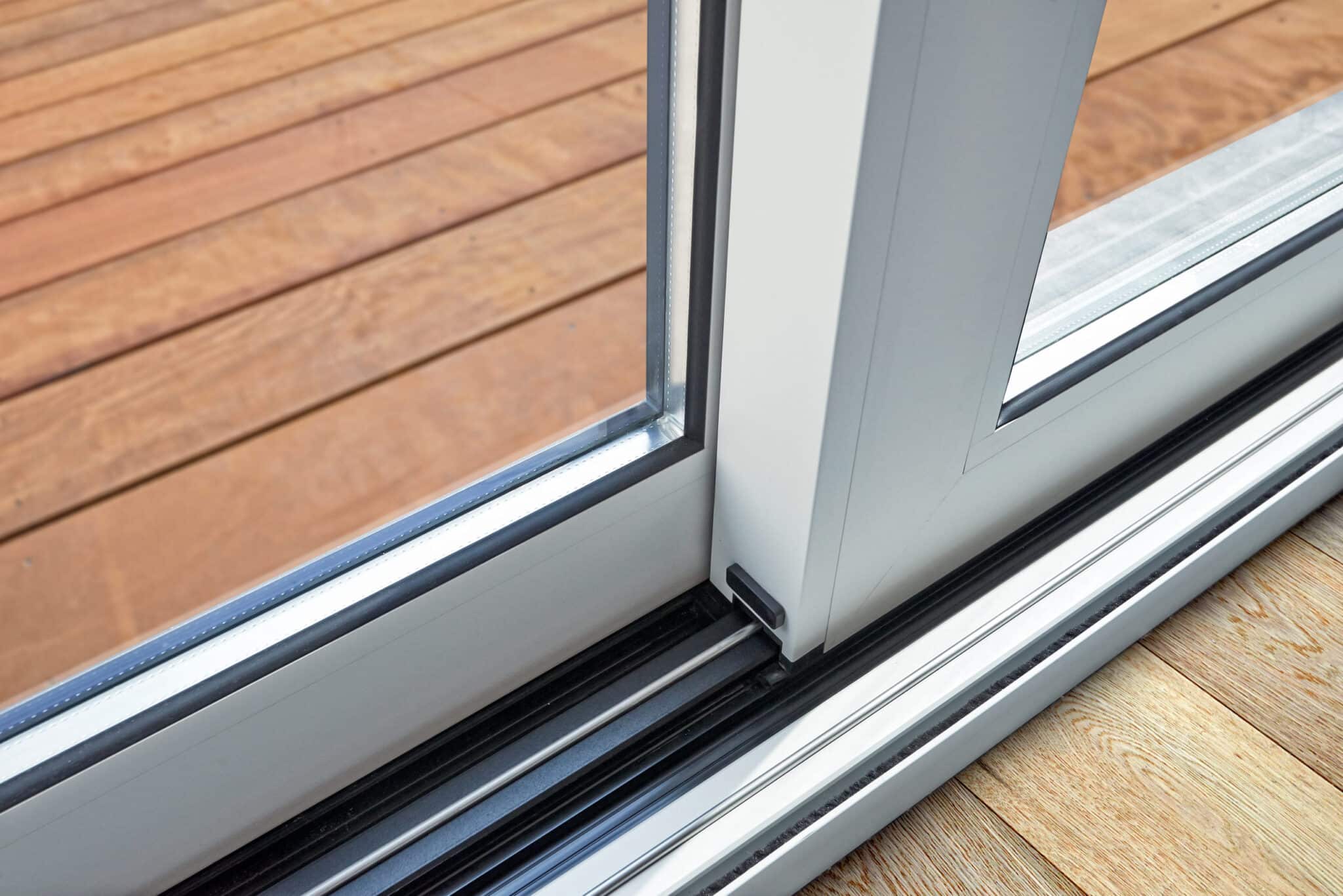


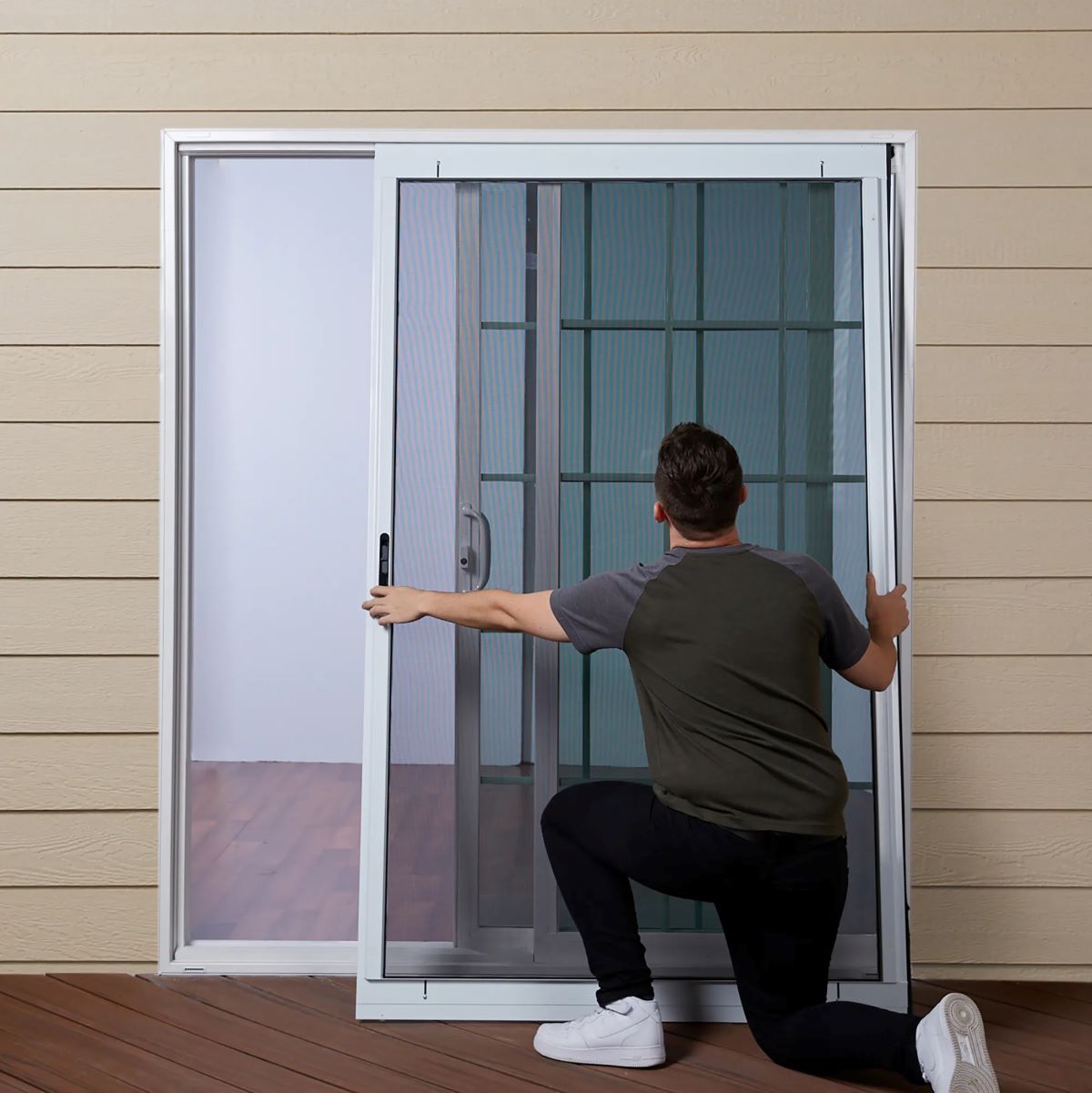

0 thoughts on “How Much Wind Can Sliding Glass Doors Take”